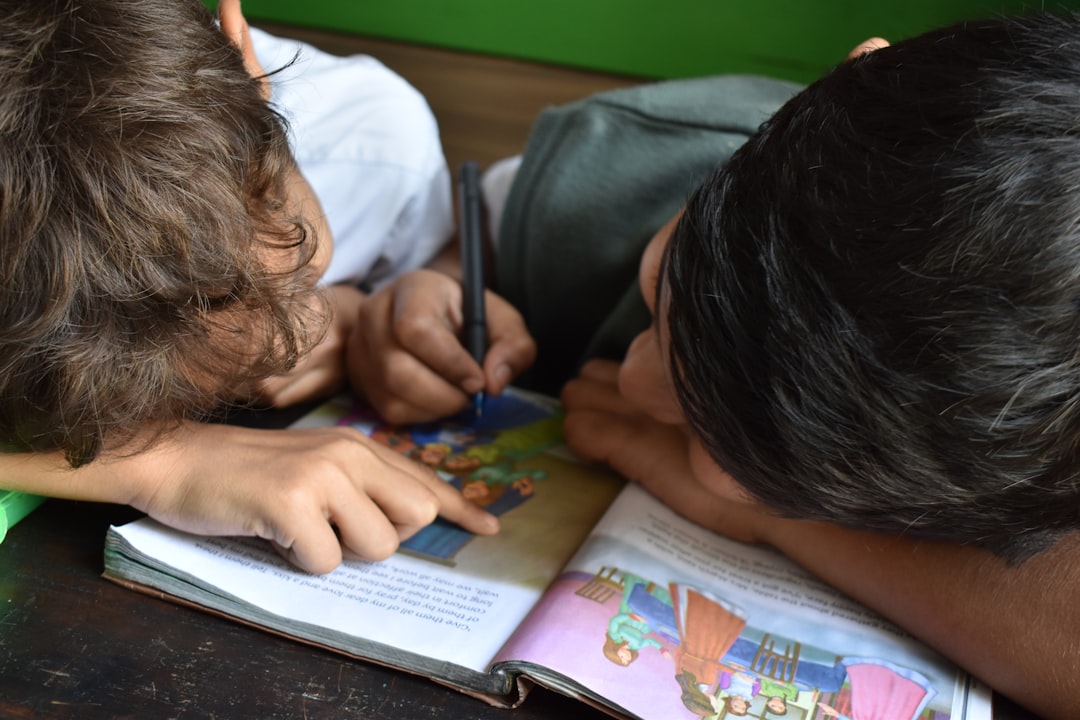What is it about?
Family environments have a profound impact on child development and mental well-being. Positive family environments, for instance, provide a scaffold for children to learn socioemotional skills through shared experiences and reciprocal interactions with their parents. Conversely, negative family environments derail the coordination of biobehavioral patterns in child-parent dyads, which is ultimately harmful to children’s psychological wellbeing. Accordingly, psychosocial and bio-behavioral synchrony models suggest that concordance of biological and behavioral signals between children and their parents can serve as a foundation for children’s socio-emotional development and psychological wellbeing. While behavioral studies have focused on how negative family environments affect interactions between children and parents, neuroimaging studies only used single-brain paradigms that are inadequate for understanding important neurobiological reciprocity between children and their parents. Thus, very little is currently known about how interactions between child and parent brains contribute to children’s psychological wellbeing.
Featured Image

Photo by Derek Thomson on Unsplash
Why is it important?
Here we present a novel brain-to-brain approach to move the field forward. By leveraging dyad-based analysis of functional magnetic resonance imaging data during naturalistic movie watching, our study is the first to investigate the neurobiological mechanism of how family environments affect concordance between children’s and parent’s brains as well as children’s psychological wellbeing. Across two studies examining 395 child-parent dyads, we found that children from negative family environments experienced more severe psychopathological symptoms. An optimized linear mixed effect model with crossed random effects was implemented to account for the hierarchical structure of brain-to-brain concordance during movie watching. We found higher inter-subject correlation in the ventral and dorsal medial prefrontal cortex (MPFC), and greater concordance of activity with regions critical for socioemotional skills in child-parent dyads than child-stranger controls. Critically, reduced child-parent ventral-MPFC concordance with the hippocampus accounted for the association of negative family environment with children’s internalizing symptoms. The ventral-MPFC and hippocampus exhibited reciprocal concordant activity in child-parent dyads, which helped form shared meaning during movie watching. Our findings suggest that child-parent brain-to-brain concordance is a neurobiological mechanism of how family environments affect psychological wellbeing, with MPFC and hippocampal systems emerging as key loci.
Perspectives
We emphasize that our study used cutting-edge brain imaging and novel analytical techniques across brains, with a child-friendly and highly ecological validity paradigm of naturalistic movie watching. This represents a new frontier in human cognitive neuroscience, and may advance our understanding of how negative family environments affect children’s psychopathological symptoms via brain-to-brain concordance. Our findings may inform the development of effective family-centered intervention strategies for improving children’s psychological wellbeing in both healthy and clinical populations
Shaozheng QIN
Beijing Normal University
Read the Original
This page is a summary of: Atypical child–parent neural synchrony is linked to negative family
emotional climate and children’s psychopathological symptoms., American Psychologist, July 2023, American Psychological Association (APA),
DOI: 10.1037/amp0001173.
You can read the full text:
Contributors
The following have contributed to this page










